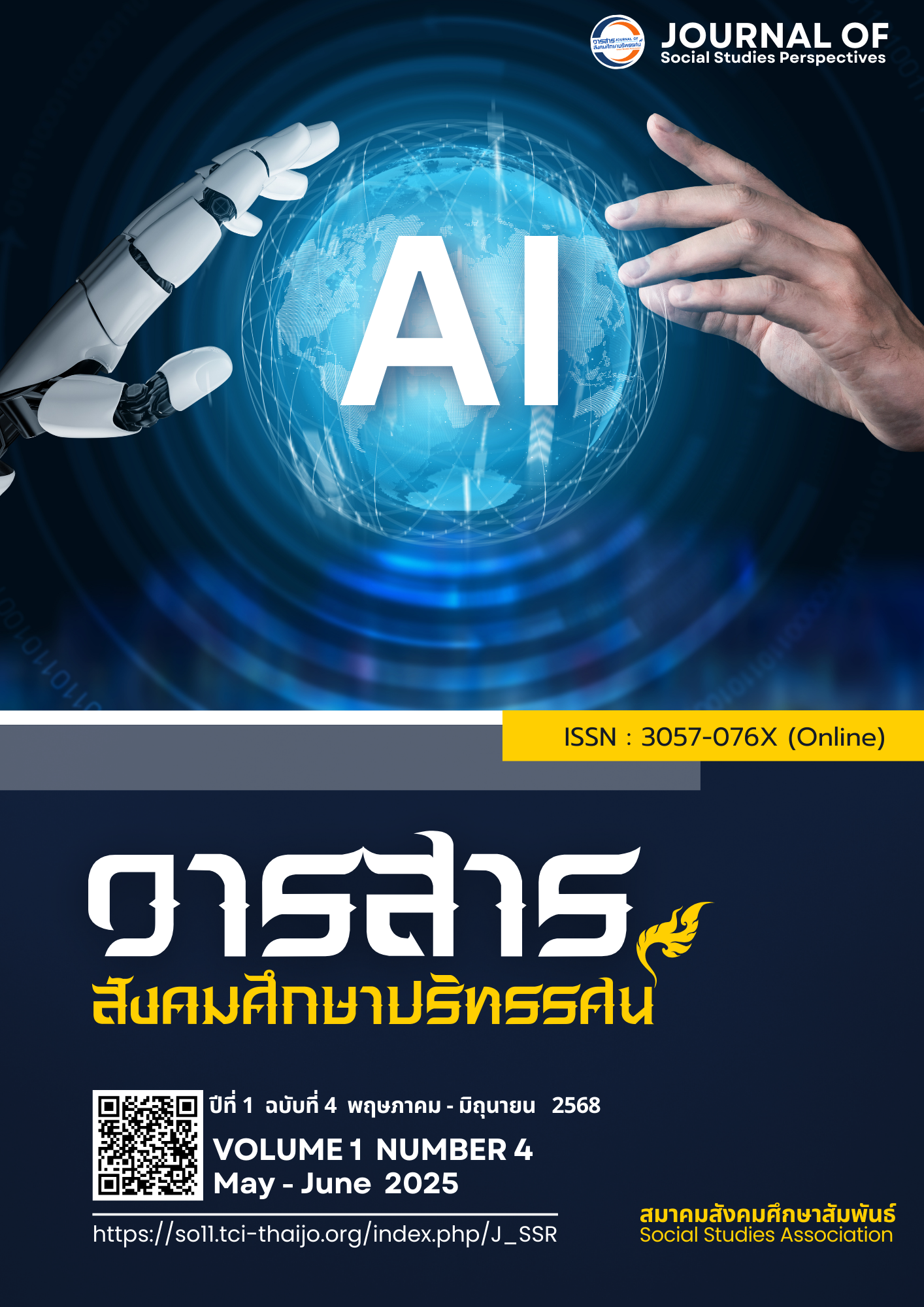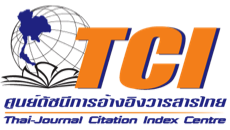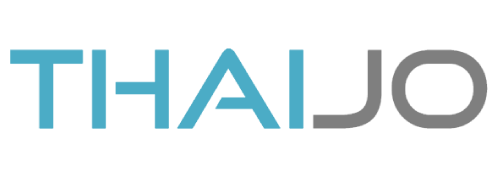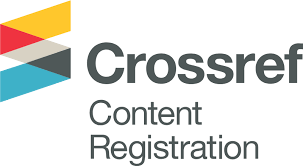COMMUNICATION IN THE MODERN WORLD : OPPORTUNITIES AND CHALLENGES IN EDUCATION
DOI:
https://doi.org/10.64186/jsp1812Keywords:
Communication in the Modern World , Digital Technology, Digital CommunicationAbstract
This academic article examines the significant role of communication in all dimensions of education, including the teaching and learning process, school management, and the creation of collaborations among stakeholders. Digital technology in the modern world has transformed educational communication methods, allowing learning to occur anytime and anywhere. Access to information and knowledge sources is fast and borderless, improving the efficiency of educational management, promoting interactive learning, and creating new opportunities for educational system development. However, there are still several challenges that educational institutions face in modern communication. This article will present the opportunities and challenges of communication in the modern world that impact education amidst rapid technological, social, and economic changes. Digital technology plays a crucial role in creating educational opportunities, such as learning through online platforms, fostering relationships and participation, and enhancing school management efficiency. However, the challenges and obstacles that come with the use of digital technology in education include issues of data security, the spread of misinformation, and inequalities in access to technology.The insights from this article aim to raise awareness among readers about both the benefits and limitations of digital communication in education, along with strategies for adapting to use digital technology effectively and securely to ensure creative and beneficial communication that contributes to sustainable educational development.
References
Anti-Fake News Center Thailand. (2021). Misleading news: The Ministry of Education orders schools to refund tuition for online learning. https://www.antifakenewscenter .com/
Anti-Fake News Center Thailand. (2022). Fake news: Don’t share! Islam studies curriculum in all schools is a ministerial order. https://www.antifakenews center.com/
Anti-Fake News Center Thailand. (2024a). Fake news: Don’t share! The Ministry of Education orders that students who don’t fail can receive a grade of 1 just for attending. https:// www.antifakenews center.com/
Anti-Fake News Center Thailand. (2024). Fake news: Don’t share! A school in Thailand requires students to sing the Myanmar national anthem every morning. https://www.anti fakenewscenter.com/
Arnee, N. (2022). Educational inequality caused by limitations in access to technology in the post-COVID-19 era. THAMMASAT LAW ALUMNI COMMUNITY FACULTY OF LAW, THAMMASAT UNIVERSITY. https://alumni.law.tu.ac.th/
BBC. (n.d.). What are digital communication systems?. https://www.bbc.co.uk/
Boonsathorn, W. (2020). Strategic communication (2nd ed.). National Institute of Development Administration Press.
Boontonot, K., & Wanbancherd, W. (2025). DEVELOPING SOCIAL-EMOTIONAL LEARNING SKILLS IN STUDENTS. Journal of Social Studies Perspectives, 1(2), 62–71. https://so11.tci-thaijo.org/index.php/J_SSR/article/view/ 1257
Bradshaw, T. (2021). Leadership/Leader-shit: That leader taught me that... Bangkok: Matichon Publishing.
Canadian Centre for Cyber Security. (2022). How to identify misinformation, disinformation, and malinformation. https://www.cyber.gc.ca/
Channel One News. (2022). Female student scammed in online shopping, lost 80,000 Baht | Channel One Evening News. [Video]. YouTube. https://www.youtube.com/ watch?v=vOY62F33L5s
Department of Mental Health. (2024). Have you ever unintentionally bullied anyone? Both intentional and unintentional. https://mhc7.dmh.go.th/
Doyle, L. (2019). What Is Digital Communication? | In-Demand Skills and Careers. Northeastern University. https://bachelors-completion.northeastern.edu/
GovOS Team. (2021). What is Digital Communication?. https://govos.com/
HD Editorial Team. (2020). The 6 types of bullying that parents should be aware of. https://hd.co.th/
Jibril, A., Ruqayya, R., & Bashir, A. S. (2023). Digital communication. ResearchGate. https://www.researchgate.net/
Kuusimäki, A.-M., Uusitalo-Malmivaara, L., & Tirri, K. (2019). The role of digital school-home communication in teacher well-being. Frontiers in Psychology, 10, 1–8.
Mahidol University. (2023). Digital Resilience: A Skill That Thai Children and Youth in the New Era Must Have. https://mahidol.ac.th/
Maleeyakul, N. (2019). Whether online or offline, bullying is never just a joke. The Momentum. https://themomentum.co/
MGR online. (2023). Online shopping scam cases increasing, with children and youth becoming victims, leading to stress, depression, and suicide risk. https://mgronline.com/
National Broadcasting and Telecommunications Commission. (2023). Media ethics and managing fake news during a crisis (1st ed.). National Broadcasting andTelecommunications Commission (NBTC).
Pakothang, J. (2019). The Communication in schools in the digital age. Journal of Association of Professional Development of Educational Administration of Thailand (JAPDEAT), 1(1), 125-132.
Pornsakulvanich, V. (2022). Media and communication effects in the digital era (2nd ed.). Thammasat University Press, Thaprachan.
Rattanakamphu, S. (2020). The COVID-19 crisis: The government must speed up closing the digital divide to ensure equality in online classrooms. TDRI: Thailand Development Research Institute. https://tdri.or.th/
Ronglong, P. (2024). Digital Communication – Skills for communicating in the digital world. Think Digital. https://blog.think-digital.app/
Royal Thai Government. (2025). The Ministry of Digital Economy organizes an event on “How to Spot and Deal with Fake News” in schools, Part 1. https://www.thaigov.go.th/
Sadiku, M. N. O., et al. (2022). Digital communication: An overview. International Journal of Trend in Scientific Research and Development, 6(6), 2072–2076.
Somboon, T. (2023). Know, understand, and be aware of "Cybercrime" to prevent near-threats. Chulalongkorn University. https://www.chula.ac.th/news/138291/
Sukkong, O. (2020). Digital Divide through Individual Factors Analysis. Journal of Arts, Maejo University, 8(2), 250-265.
Suksomchit, M. (2021). Fake News: Lies and false information. Thai Journalists Association. https://tja.or.th/view/pr-news/1332786
Suwan, S. (2021). Scholars propose a nationwide school shutdown for 1 year due to ineffective online learning; research shows students are stressed and skipping classes by over 20%. Matichon Online. https://www.matichon.co.th/
Tantichuwet, P. (2022). The Process of Creating a School Safety Culture to Prevent Student Bullying in the Kasetsart University Laboratory School Kamphaeng Saen Campus, NKRAFA Journal of Humanities and Social Sciences, 2022(10), 92-105.
Taylor, E. (2025). What is Digital Communication: Explained with Examples. The Knowledge Academy. from https://www.theknowledgeacademy.com/
Thai PBS. (2024). Scammers use children to trick parents into transferring ransom money, causing losses in the millions. https://www.thaipbs.or.th/
Thavirath, J. (2025). AI and education: The ultimate intelligent assistant for enhancing learning. Journal of Social Studies Perspectives, 1(2), 98–108. https://so11.tci-thai jo. org/index.php/J_SSR/article/view/1310/393
Think Digital. (2023). Because words have no tone, how to communicate for mutual understanding. https: //blog.think-digital.app/
UP – Channel. (2022). Huge digital technology inequality. Thecitizen.plus. https://thecitizen. plus/
Wilainuch, P. (2014). Organizational communication management: Communicating with stakeholders. Chulalongkorn University Press.
World Economic Forum. (2016). 8 digital skills we must teach our children. https://www.weforum.org/
Downloads
Published
How to Cite
Issue
Section
Categories
License
Copyright (c) 2025 Journal of social studies perspectives

This work is licensed under a Creative Commons Attribution-NonCommercial-NoDerivatives 4.0 International License.
The article is published under the Creative Commons Attribution-NonCommercial-NoDerivatives 4.0 International (CC BY-NC-ND 4.0) license, which allows others to share the article while giving appropriate credit to the author. It prohibits the use of the article for commercial purposes or the creation of derivative works. Any other reuse or reproduction requires permission from the journal.









